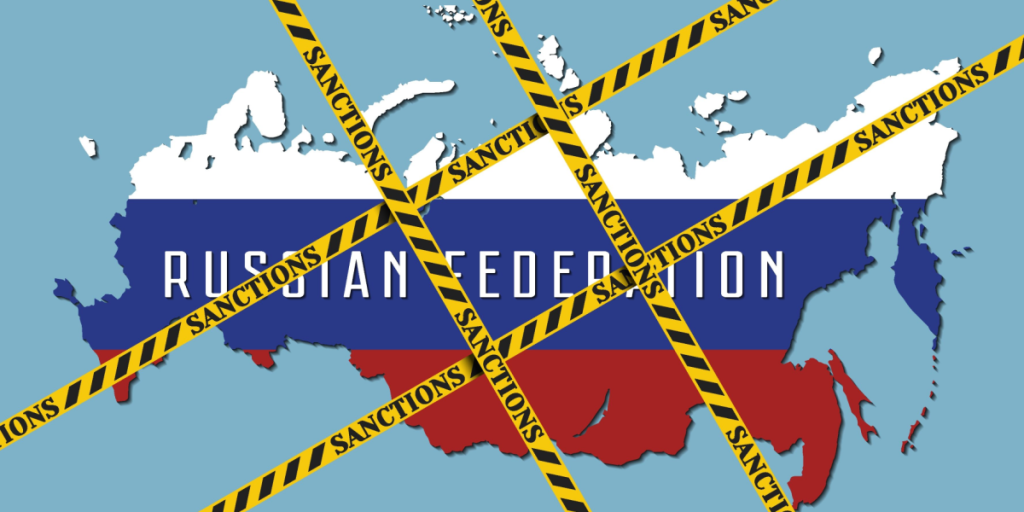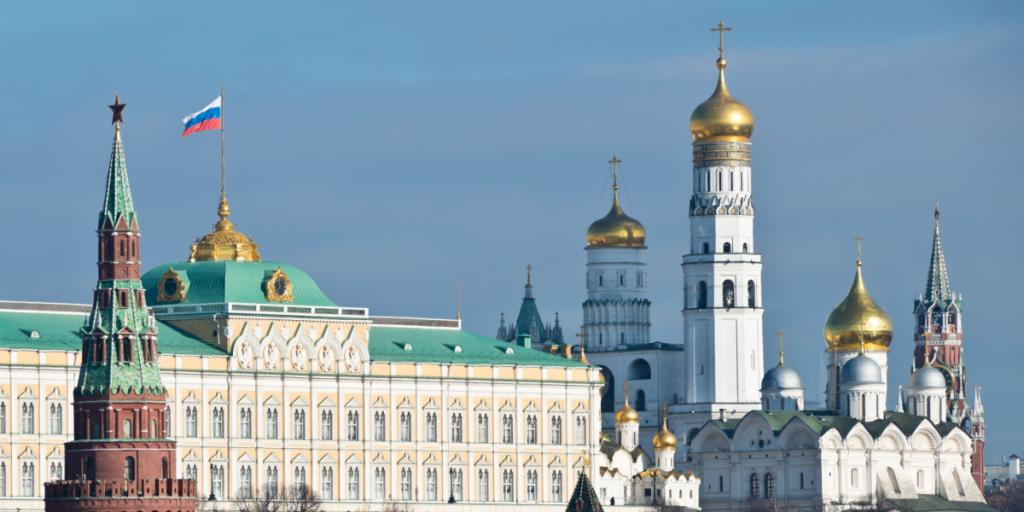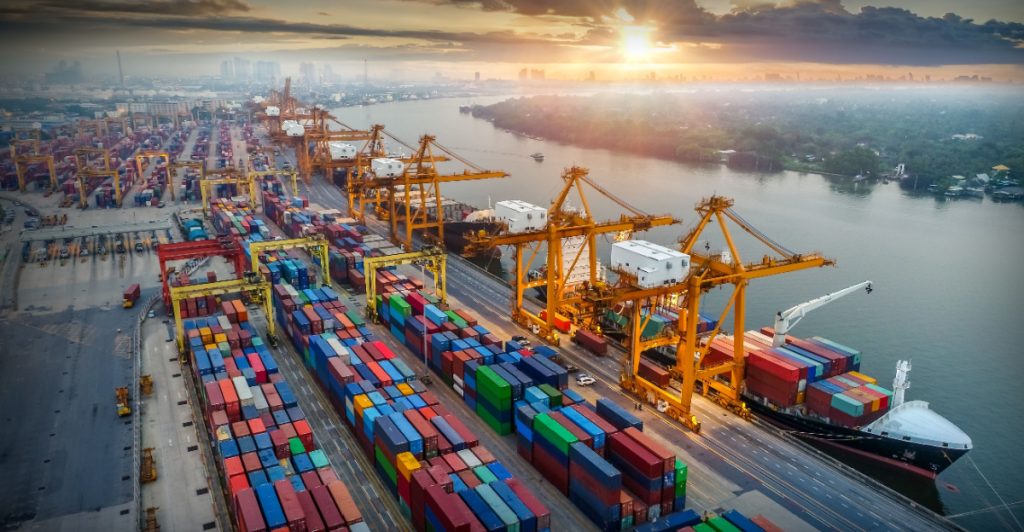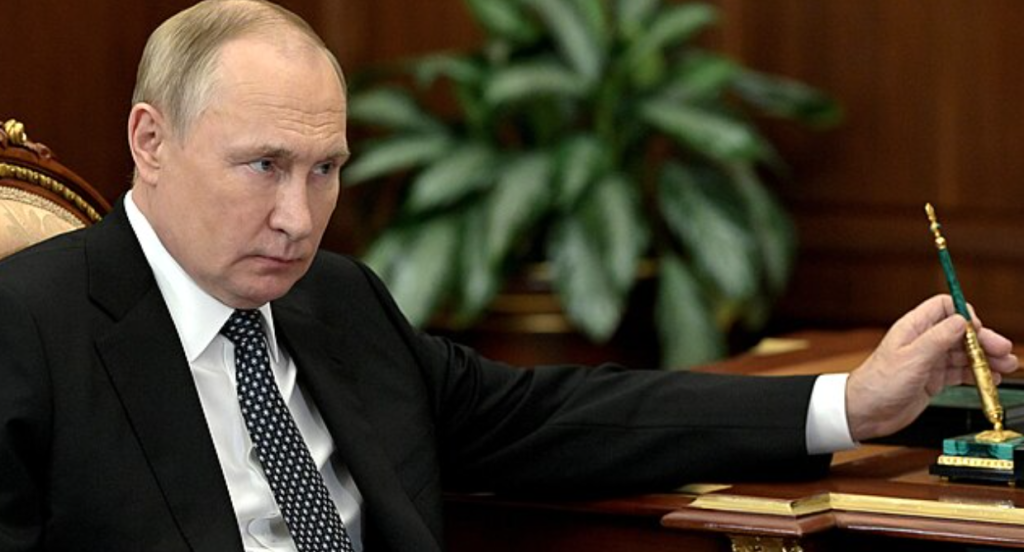With access to global payment systems cut off, barter has become a practical workaround.
Others are reading now
For the first time since the 1990s, Russia is turning to barter in its international trade, swapping goods like grain and flax seeds for Chinese-made cars and construction materials.
This old-school strategy is making a comeback as Moscow looks for ways to bypass increasingly restrictive Western sanctions.
Sanctions Squeeze Forces a Throwback Strategy

Since its full-scale invasion of Ukraine in 2022, Russia has faced growing international isolation. Over 25,000 sanctions from the U.S., EU, Canada, and other allies have hit key sectors, including finance and energy.
With access to global payment systems cut off, barter has become a practical workaround.
SWIFT Cutoff Cripples Russian Transactions

One of the most crippling blows was Russia’s removal from SWIFT, the global messaging system used for cross-border money transfers.
Also read
The move left Russian banks unable to operate in U.S. dollars and euros, severely hampering international trade and pushing businesses to seek alternatives like direct goods-for-goods exchanges.
A Technically Growing Economy Faces Stagnation

Russia’s economy saw initial growth after the invasion, largely thanks to wartime spending and defense contracts.
But that momentum is faltering. Experts now warn of technical stagnation, suggesting that a war-driven economy may not be sustainable in the long term.
China and India Step Back Amid Secondary Sanctions

China and India—two of Russia’s biggest trade partners, are increasingly cautious.
The threat of secondary sanctions from the West has made their banks hesitant to handle Russian payments. One Chinese bank reportedly ceased transactions with Russia after facing EU sanctions, highlighting the growing financial risks.
Also read
Kremlin Issues Barter Guidelines for Exporters

In a rare move, the Russian government has published a 14-page “Guide to Foreign Barter Transactions” to help businesses navigate this unconventional trade model.
The economy ministry is even exploring the creation of a digital barter platform to formalize these deals and scale up operations.
How Barter Works: Cars for Wheat, Flax for Appliances

Reuters uncovered eight recent examples of barter deals. In one, Russian wheat was exchanged for Chinese cars. Another involved trading flax seeds for Chinese household appliances and building materials.
A third deal reportedly involved Pakistan, although specific details remain undisclosed.
Quiet Expansion of an Untraceable Trade Network

The scale of Russia’s barter trade is hard to pin down. While the overall volume remains unclear, anonymous sources told Reuters the practice is growing fast.
Also read
Barter allows Russian exporters to keep goods moving without triggering sanctions related to currency transfers.
Economic Cracks Appear at the Top

Despite government efforts to keep the economy afloat, tension is mounting within Russia’s financial elite.
Analysts have warned of an impending downturn, and a reported dispute between President Vladimir Putin and Sberbank CEO German Gref has spotlighted concerns about the sustainability of the country’s economic path.
Barter May Buy Time, But Not Long-Term Stability

While barter deals offer Russia a short-term lifeline, they also reveal deeper vulnerabilities.
The return to trade practices last seen in the post-Soviet collapse era underscores how deeply sanctions have reshaped the Russian economy, and how far it may be from a real recovery.


